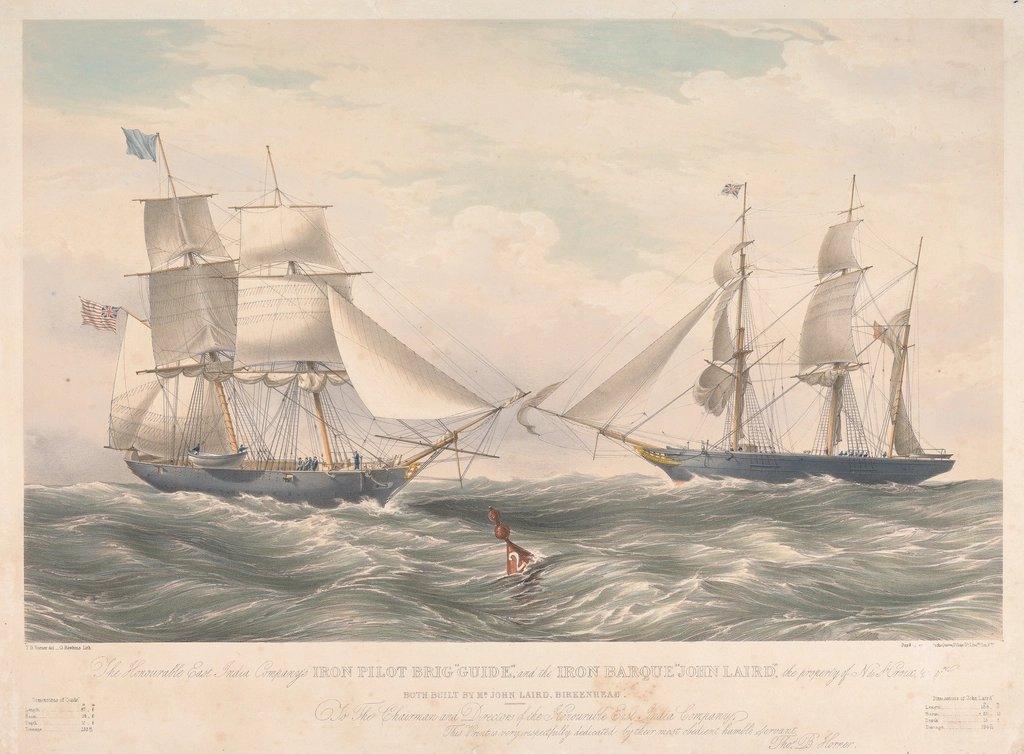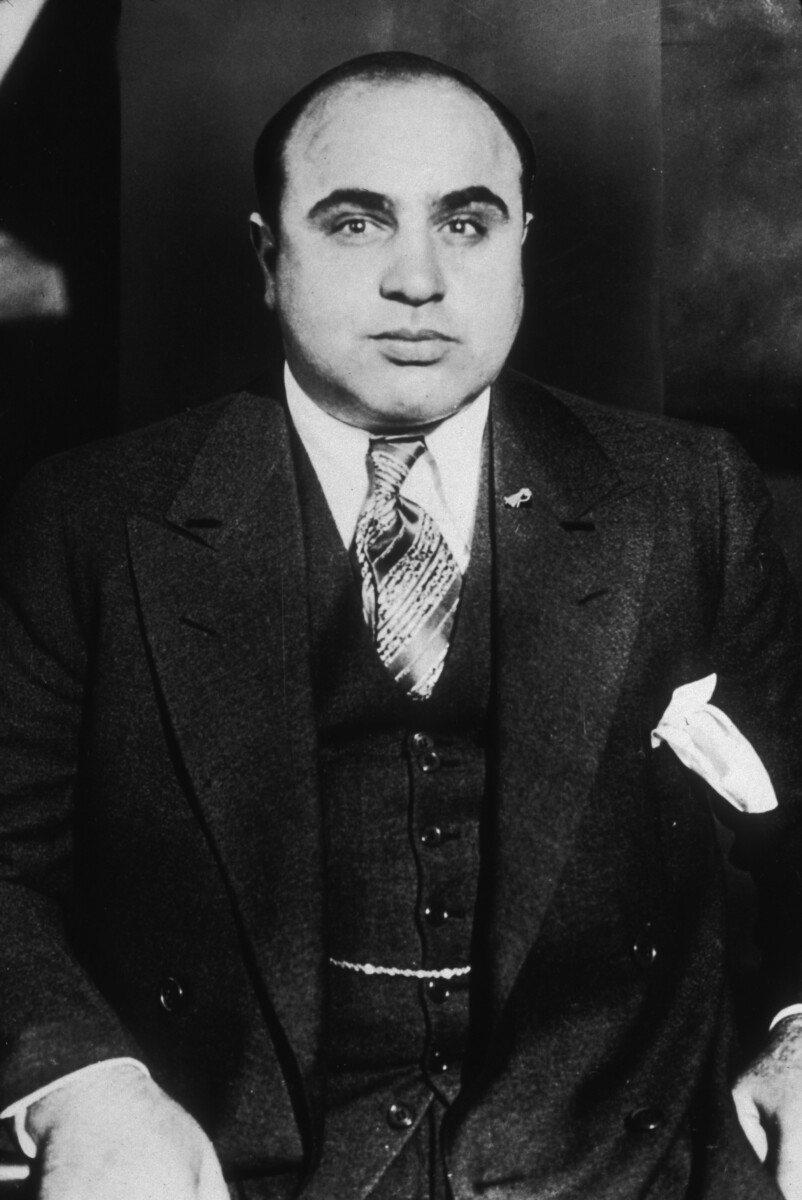The Foundation of Global Commerce

Before modern shipping containers and global logistics networks dominated the seas, colonial powers established the world’s first truly international trade networks. The most historically significant triangular trade was the transatlantic slave trade which operated among Europe, Africa, and the Americas from the 16th to 19th centuries. These routes became the economic arteries that pumped wealth from distant colonies into European capitals, fundamentally reshaping the global economy. Throughout history empires facilitated trade within their territories by building and securing trade and migration routes, and by imposing common norms, languages, religions, and legal systems, all of which led to the accumulation of imperial capital.
The sheer scale of these operations dwarfed anything previously imagined. From the 16th to the 19th century, this segment of the global slave trade transported between 10 million and 12 million enslaved Black Africans across the Atlantic Ocean to the Americas. What started as isolated merchant ventures grew into systematic economic engines that would eventually transform backward European kingdoms into the world’s dominant economic powers.
Britain’s Revolutionary Navigation Acts

The Navigation Act of 1651 and subsequent acts set up a closed economy between Britain and its colonies; all colonial exports had to be shipped on English ships to the British market, and all colonial imports had to come by way of England. These laws weren’t just trade regulations—they were economic warfare disguised as legislation. By forcing colonial goods through British ports, the Crown created a captive market that guaranteed profits for British merchants and manufacturers.
The Navigation Acts of the 17th century mandated that only British ships could transport goods to and from the colonies, ensuring that profits flowed back to Britain. Such policies fostered a dependency on British manufactured goods and limited colonies’ ability to trade with other nations, reinforcing Britain’s economic dominance. This mercantile stranglehold allowed Britain to extract maximum value from its colonial investments while simultaneously crippling potential competitors. The genius of this system was its self-reinforcing nature—the more wealth Britain accumulated, the more ships and weapons it could build to protect and expand its trade routes.
The Triangular Trade Network That Changed Everything

Picture this: ships loaded with manufactured goods sailing from British ports to West Africa, where they exchanged these items for enslaved people. Once the ship arrived in the Americas, generally somewhere in the Caribbean, the slaves were unloaded, and sold to be used as laborers on large plantations. The money the ships got from slaves was used to purchase the agricultural products that the slaves were actually harvesting; things like tobacco, molasses, and sugar. This wasn’t just trade—it was a carefully orchestrated economic machine that generated wealth at every stop.
Among the most valuable exports to Europe were sugar, rice, indigo, tobacco, cotton, molasses, and rum. The most notable triangle trade route involved the transport of slaves from Africa’s western coast to the Caribbean islands, the shipment of raw materials like sugar and molasses from the Caribbean to New England, and the conveyance of rum and other goods from New England to Europe and Africa. Each leg of this journey multiplied profits, creating a economic flywheel that accelerated wealth creation across the British Empire.
Sugar: The White Gold Rush

Sugar wasn’t just a sweetener—it was economic dynamite. Portuguese began organizing plantations in Brazil, and Brazil became the world’s leading supplier of sugar. The most lucrative cash crops to emerge from the Americas in the seventeenth and eighteenth centuries were sugar, tobacco, and rice. These plantations required massive labor forces, creating an insatiable demand for enslaved workers that fueled the entire triangular trade system.
Sugarcane farming in the Caribbean and South America was extraordinarily deadly for slaves, and plantation owners considered importing new slaves a cheaper option than properly maintaining their current workforce, creating a constant demand for new workers and perpetuating the cycle of the triangular trade. The horrific human cost of sugar production was considered just another business expense—a testament to how colonial trade routes prioritized profit over human dignity. This brutal calculus generated enormous wealth for plantation owners and British merchants alike.
Tobacco: America’s Economic Foundation

The cultivation of tobacco became a significant economic driver, creating a demand for labor that eventually transitioned from indentured servants to enslaved Africans as the primary labor force on plantations. Virginia’s tobacco fields became money machines that transformed the struggling Jamestown colony into a profitable venture. Unlike sugar plantations that required tropical climates, tobacco could thrive in temperate regions, opening up vast new territories for colonial exploitation.
In contrast to sugar plantations, which required large slaveholdings that often led to a black population majority, tobacco plantations could operate profitably with smaller numbers of slaves. They also employed a mixed labor force of free, indentured, and enslaved workers, so that colonial tobacco plantation regions often had a white population majority. This flexibility made tobacco cultivation adaptable to different colonial contexts, spreading the economic benefits of colonial trade across multiple regions and social classes.
The East India Company’s Economic Empire

The East India Company began establishing trading posts in India in 1600, and the Straits Settlements (Penang, Singapore, Malacca, and Labuan) became British through an extension of that company’s activities. What started as a modest trading venture evolved into something unprecedented—a private corporation that controlled entire subcontinent’s economy. The British East India Company exemplified how strategic trade networks underpinned economic control. By the 18th century, the Company wielded immense power over trade in India, negotiating treaties and even engaging in military actions to protect its interests.
The Company’s success demonstrated how colonial trade routes could generate wealth that exceeded even national treasuries. The East India Company, initially only established for the pursuit of trade opportunities, was key to the creation of the British Empire in India. This transformation from trading company to de facto government showed how economic power could translate into political control, creating self-perpetuating cycles of wealth extraction.
India’s Economic Transformation Under Colonial Rule

The numbers tell a staggering story of economic reversal. From the 1st century CE to the start of British colonization in India in the 17th century, India’s GDP varied between 25% and 35% of the world’s total GDP, more than all of Europe combined. It dropped to 2% by the time Britain departed India in 1947. This wasn’t gradual decline—it was systematic economic dismantling designed to funnel Indian wealth into British coffers.
At the same time, the United Kingdom’s share of the world economy rose from 2.9% in 1700 to 9% in 1870 alone. India’s share of global industrial output declined from 25% in 1750 to 2% in 1900. The colonial trade routes didn’t just extract India’s existing wealth—they systematically destroyed India’s manufacturing capabilities to eliminate competition for British goods.
Cotton and the Industrial Revolution Connection

Colonial cotton plantations provided the raw materials that powered Britain’s Industrial Revolution. The enslaved Africans were primarily purchased for the purpose of working on plantations to work producing valuable cash crops (such as sugar, cotton, and tobacco) which were in high demand in Europe. These vast cotton fields in the American South created a direct pipeline from plantation to British textile mills, ensuring a steady supply of cheap raw materials.
Some have stressed the importance of natural or financial resources that Britain received from its many overseas colonies or that profits from the British slave trade between Africa and the Caribbean helped fuel industrial investment, citing “bigger markets for British goods, larger profits to British investors, more and cheaper raw materials for emerging industrial sectors, and more incentives for British consumers than were offered by domestic industries or other foreign markets”. These manufactured goods were sold around the world, and raw materials and luxury goods were imported to Britain. This created a virtuous cycle where colonial wealth funded technological advancement, which in turn generated more wealth.
Britain’s Economic Dominance by the Numbers

The British Empire became the world’s largest economy by nominal GDP in 1870 and was responsible for approximately a quarter of global trade at that time, with trade accounting for about one third of its GDP. These aren’t just statistics—they represent the culmination of centuries of strategic colonial trade route development. During the 19th century, through its expansive colonial empire and technological superiority, Britain had a preeminent role in the global economy, accounting for 9.1% of the world’s GDP in 1870.
Unchallenged at sea, British dominance was later described as Pax Britannica (“British Peace”), a period of relative peace in Europe and the world (1815–1914) during which the British Empire became the global hegemon and adopted the role of global policeman. This economic supremacy wasn’t accidental—it was the direct result of centuries of colonial trade route optimization and wealth extraction from around the globe.
Global Trade Growth Through Colonial Networks

The chart shows an extraordinary growth in international trade over the last couple of centuries: Exports today are more than 40 times larger than in 1913. This shows that over the last hundred years, the growth in trade has even outpaced rapid economic growth. Colonial trade routes established the foundational patterns for this explosive growth, creating the first truly global economic networks that connected distant continents in systematic commerce.
Today, the value of exported goods around the world is around 25%. The infrastructure and trading relationships established during the colonial period laid the groundwork for modern globalization. Colonial empires doubled trade within their controlled territories between 1870 and 1913 by lowering transaction costs and establishing preferential trade policies. These early efficiency gains demonstrated how organized trade networks could multiply economic output across vast distances.
The Role of Military Power in Trade Protection

From the outset of British colonial expansion, military might played a decisive role. The ability to project power overseas allowed British forces to subjugate indigenous populations and quell dissent. Colonial trade routes weren’t just commercial ventures—they were backed by the world’s most powerful navy and military force. The British navy protected these lucrative routes, ensuring that trade remained unhindered by rival nations.
For example, during the opium wars with China, the British military used its power to compel open trade markets, introducing opium as a commodity that generated enormous profits. This demonstrates how colonial powers used military force to create and maintain profitable trade routes, even when those routes involved products that devastated local populations. The combination of economic incentives and military backing created an unstoppable expansion machine.
Economic Costs and Benefits: A Modern Reassessment

Recent scholarship has challenged some traditional narratives about colonial wealth. Colonial trade was a small proportion of Britain’s economy, and colonial profits can only have financed a modest share of Britain’s investment and capital formation (perhaps around 7%-15%). Most economic activity was domestic and international trade with Western Europe and North America. However, this perspective may underestimate the cumulative effects of centuries of wealth extraction and the infrastructure advantages that colonial trade provided.
Niemietz concludes that while colonialism did deliver some modest gains for the British economy, it came with eye-watering military and administrative costs and so may have failed any cost-benefit test. Analysis suggests that the British tax burden could have been cut by almost a quarter in the absence of the Empire, freeing up resources for more productive uses. Yet this analysis focuses on direct financial flows rather than the strategic advantages that colonial trade routes provided in establishing global economic dominance.
The Legacy of Colonial Trade Networks

Today, the rise of digital commerce and intra-African trade agreements signal a powerful revival of this economic legacy. The patterns established by colonial trade routes continue to influence global commerce today. Modern shipping lanes, financial networks, and trade relationships often follow pathways first carved out by colonial merchants centuries ago. Our measure of imperial capital has a positive and significant effect on trade beyond potential historical legacies such as sharing a language, a religion, a legal system, or links via natural trade and invasion routes. This suggests a persistent and previously unexplored influence of long-gone empires on current trade.
The colonial trade routes didn’t just create temporary wealth—they established institutional frameworks, technological capabilities, and economic relationships that persisted long after formal empires ended. Understanding these historical networks helps explain why certain regions remain economic powerhouses while others struggle with development challenges that trace back to their colonial experiences.






